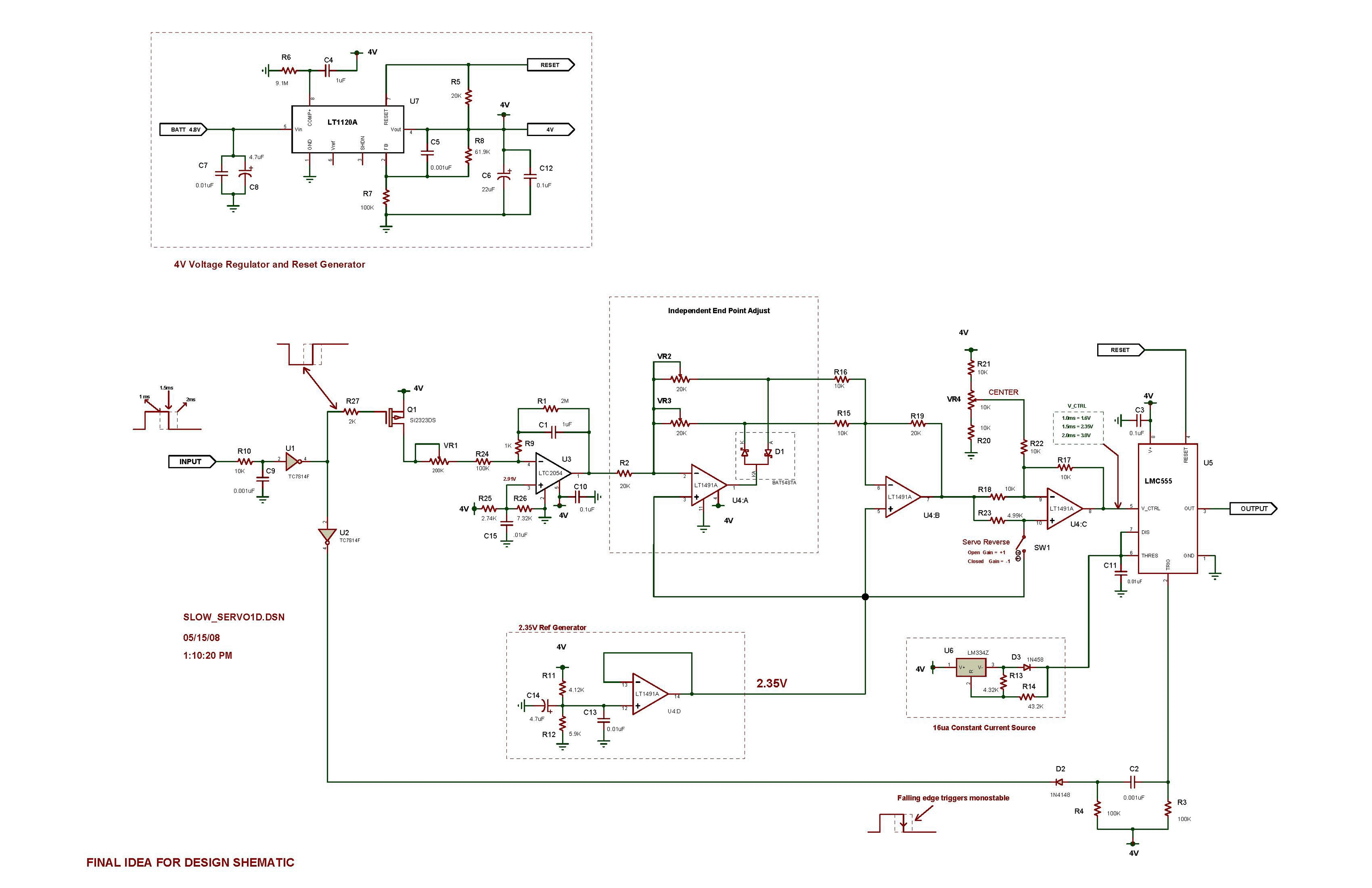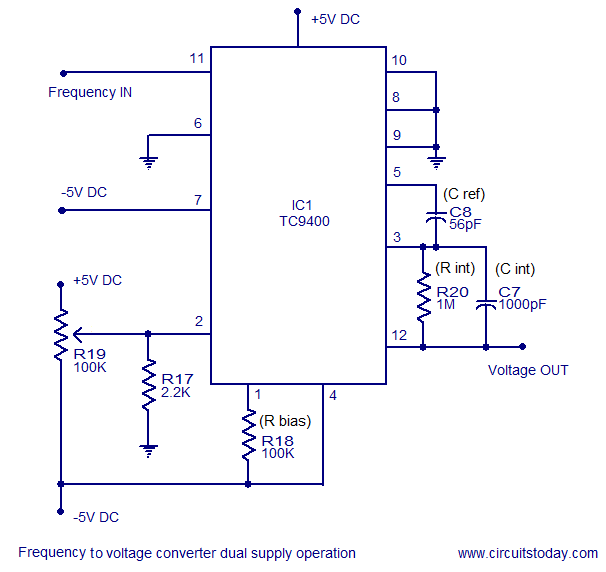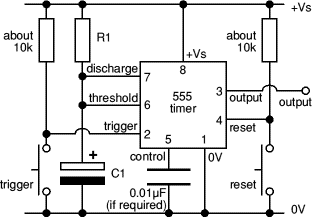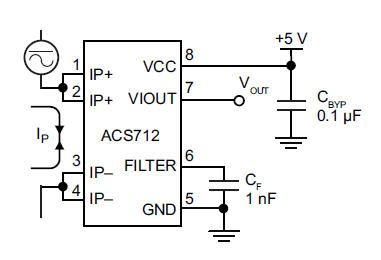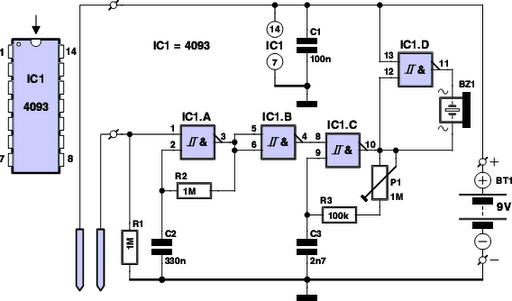
Analog Line Switch Circuit

This analog switch circuit is designed to switch an analog line on or off. It consists of two analog switches in integrated circuit (IC) form that are controlled by two pushbuttons.
The described analog switch circuit utilizes two integrated analog switches to manage the connection of an analog signal line. The operation of the circuit is straightforward: when a pushbutton is pressed, it activates one of the switches, allowing the analog signal to pass through, effectively turning the line on. Conversely, releasing the button deactivates the switch, cutting off the signal and turning the line off.
Each analog switch is typically implemented using CMOS technology, which provides low on-resistance and minimal signal distortion. The pushbuttons serve as the control interface, providing a simple user interaction to toggle the state of the switches. The circuit can be powered by a standard voltage supply, often in the range of 5V to 15V, depending on the specifications of the chosen analog switch IC.
In terms of layout, the circuit should ensure that the analog signal paths are kept short to minimize capacitance and interference. Proper decoupling capacitors should be placed close to the power supply pins of the IC to stabilize the voltage and filter out any noise that may affect the performance of the analog switches. The design may also include pull-down resistors on the pushbutton inputs to prevent floating states when the buttons are not pressed.
Overall, this analog switch circuit is suitable for applications where simple control of analog signals is required, such as in audio systems, signal routing, and other electronic devices that necessitate switching capabilities without significant signal degradation.This analog switch circuit is designed to switch on or off and analog line. it consists of two analog switches in IC form that are controlled by two pushbu.. 🔗 External reference
The described analog switch circuit utilizes two integrated analog switches to manage the connection of an analog signal line. The operation of the circuit is straightforward: when a pushbutton is pressed, it activates one of the switches, allowing the analog signal to pass through, effectively turning the line on. Conversely, releasing the button deactivates the switch, cutting off the signal and turning the line off.
Each analog switch is typically implemented using CMOS technology, which provides low on-resistance and minimal signal distortion. The pushbuttons serve as the control interface, providing a simple user interaction to toggle the state of the switches. The circuit can be powered by a standard voltage supply, often in the range of 5V to 15V, depending on the specifications of the chosen analog switch IC.
In terms of layout, the circuit should ensure that the analog signal paths are kept short to minimize capacitance and interference. Proper decoupling capacitors should be placed close to the power supply pins of the IC to stabilize the voltage and filter out any noise that may affect the performance of the analog switches. The design may also include pull-down resistors on the pushbutton inputs to prevent floating states when the buttons are not pressed.
Overall, this analog switch circuit is suitable for applications where simple control of analog signals is required, such as in audio systems, signal routing, and other electronic devices that necessitate switching capabilities without significant signal degradation.This analog switch circuit is designed to switch on or off and analog line. it consists of two analog switches in IC form that are controlled by two pushbu.. 🔗 External reference
